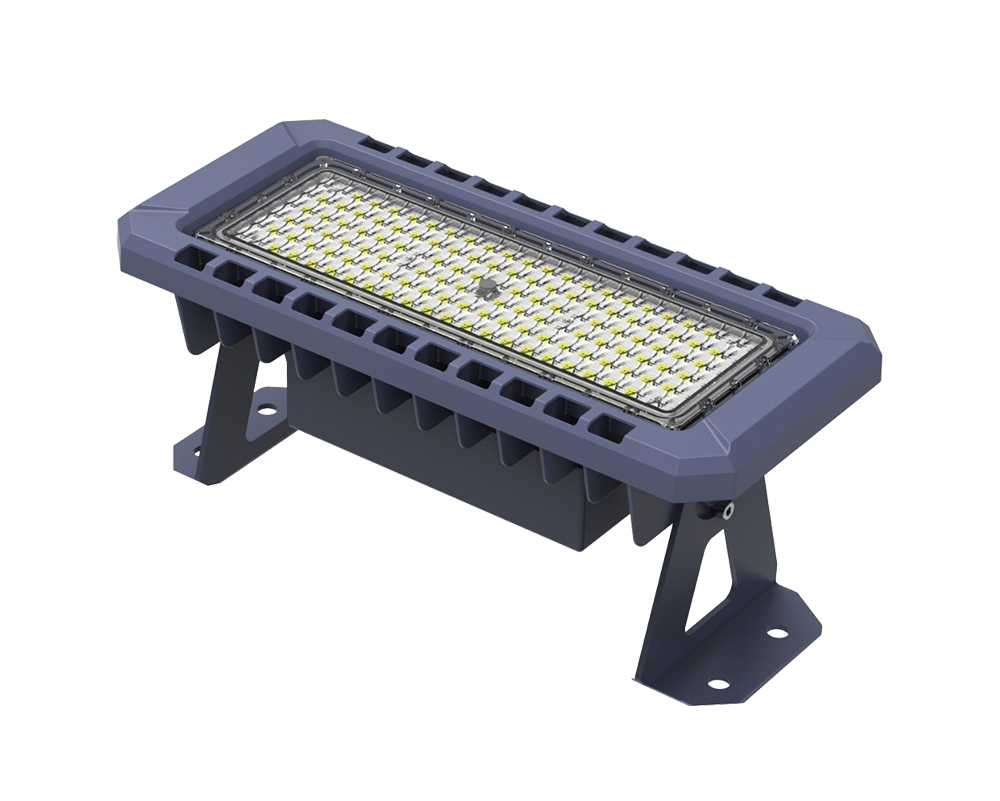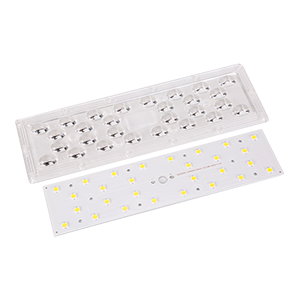High power LED light source heat dissipation solution - semiconductor refrigeration
2016-08-05
In recent years, with the continuous deepening of research on semiconductor luminous materials, the continuous progress of high-power LED light source manufacturing process and the development and application of new materials (nitride crystals and phosphors), ultra-high brightness leds of various colors have made breakthroughs, which makes it possible for LED applications to span the high-efficiency lighting source market. However, the development of LED lighting system is largely affected by heat dissipation problems, for high-power LED, heat dissipation problem has become a bottleneck problem restricting its development.
The semiconductor refrigeration technology has the advantages of small size, no need to add refrigerant, simple structure, no noise and stable and reliable, with the progress of semiconductor material technology, as well as the discovery of high thermoelectric conversion materials, the use of semiconductor refrigeration technology to solve the heat dissipation problem of LED lighting system will have a very practical significance.
In this paper, the SCM AT89C51 as the control core, the semiconductor cooling technology is introduced into the research of LED heat dissipation, PID algorithm and PWM modulation technology to achieve the control of semiconductor cooling chip input voltage, and then achieve the control of semiconductor cooling power, through the experiment verified the feasibility of the method.
First, the causes of LED heat generation and the impact of heat on LED performance
Under the forward voltage of the LED, the electrons obtain energy from the power supply, and under the drive of the electric field, the electrons overcome the electric field of the PN junction and transition from the N region to the P region, and these electrons recombine with the holes in the P region. Since the free electrons drifting to the P-region have higher energy than the valence electrons in the P-region, the electrons return to the lower energy state when recombining, and the excess energy is emitted in the form of photons. However, only 30 to 40 percent of the photons released are converted into light energy, and the remaining 60 to 70 percent are converted into heat energy in the form of point vibrations.
Since the LED is a semiconductor light-emitting device, and the semiconductor device itself changes with the change of temperature, its inherent characteristics will change significantly. The increase of junction temperature for leds will lead to changes in device performance and attenuation. This change is mainly reflected in the following three aspects:
1) Reduce the external quantum efficiency of LED;
2) Shorten the life of LED;
3) Cause the main wavelength of the light emitted by the LED to be offset, resulting in the color of the light source to be offset.
High-power leds generally use more than 1W of electrical power input, the heat generated is very large, to solve its heat dissipation problem is a top priority.
Second, the principle of semiconductor refrigeration
Semiconductor refrigeration, also known as electronic refrigeration, or thermoelectric refrigeration, is a discipline developed from the 1950s between the edge of refrigeration technology and semiconductor technology, and compression refrigeration and absorption refrigeration and known as the world's three major refrigeration methods. The basic device of the semiconductor refrigerator is a thermocouple pair, that is, after connecting an N-type semiconductor and a P-type semiconductor into a thermocouple through direct current, the temperature difference and heat transfer will be generated at the interface.
Several pairs of semiconductor thermocouples are connected in series on the circuit, and the heat transfer is connected in parallel, thus forming a common cooling thermopile. With the help of various heat transfer means such as heat exchangers, the hot end of the thermopile continuously dissipates heat and maintains a certain temperature, and the cold end of the thermopile is placed in the working environment to absorb heat and cool down, which is the principle of semiconductor refrigeration.
This paper uses semiconductor refrigeration because compared with other refrigeration systems, there is no mechanical rotation part, no refrigerant, no pollution, high reliability, long life and easy to control, the volume and power can be done very small, very suitable for LED limited work space applications.
Third, the overall design of the system
LED heat dissipation control system is composed of temperature setting module, reset module, display module, temperature acquisition module, control circuit module and cooling module. The system takes the microprocessor as the control core, communicates with the temperature acquisition module to collect the real-time temperature of the controlled object, and communicates with the temperature setting module to set the starting temperature and strong cooling temperature.
The unprocessed programming can be realized by using C language. When the real-time temperature collected is less than the cooling starting temperature, there is no PWM modulation wave output and the cooling module is in idle state. When the collected real-time temperature is greater than the cooling start temperature but less than the strong cooling temperature, the PWM modulation wave with a certain duty cycle is output, and the cooling module starts the cooling mode with low power. When the real-time temperature collected is greater than the strong cooling temperature, the PWM modulation wave with a certain duty cycle is output, and the cooling module starts the high-power cooling mode.
4. Hardware circuit design and component selection
The system is mainly composed of temperature setting, temperature acquisition, PWM control circuit and auxiliary circuit (reset circuit and display circuit). AT89C51 with low price and high performance is used as the main control chip to realize the logic control function of the whole system. Using the high precision temperature sensor DS18B20 with single line communication, the real-time temperature acquisition of the controlled object LED chip is realized.
At the same time, a 4×3 input keyboard is designed, and the starting temperature and strong cooling temperature are input by the keyboard. The PWM control circuit is designed to control the working voltage of the semiconductor cooling sheet TEC[5], and then to control the cooling power of the semiconductor cooling sheet TEC, so as to achieve the effect of timely cooling of the LED chip.
The PWM control circuit consists of a photocoupler and a Cuk circuit [3]. In this control circuit, the photoelectric coupler can effectively suppress the noise of the grounding loop, eliminate the ground interference, and improve the anti-interference ability of the whole system. The photoelectric coupler electrically isolates the input end (SCM AT89C51) and the output end (semiconductor cooling sheet TEC), avoids the main control chip AT89C51 from accidental damage, and effectively protects SCM AT89C51.









